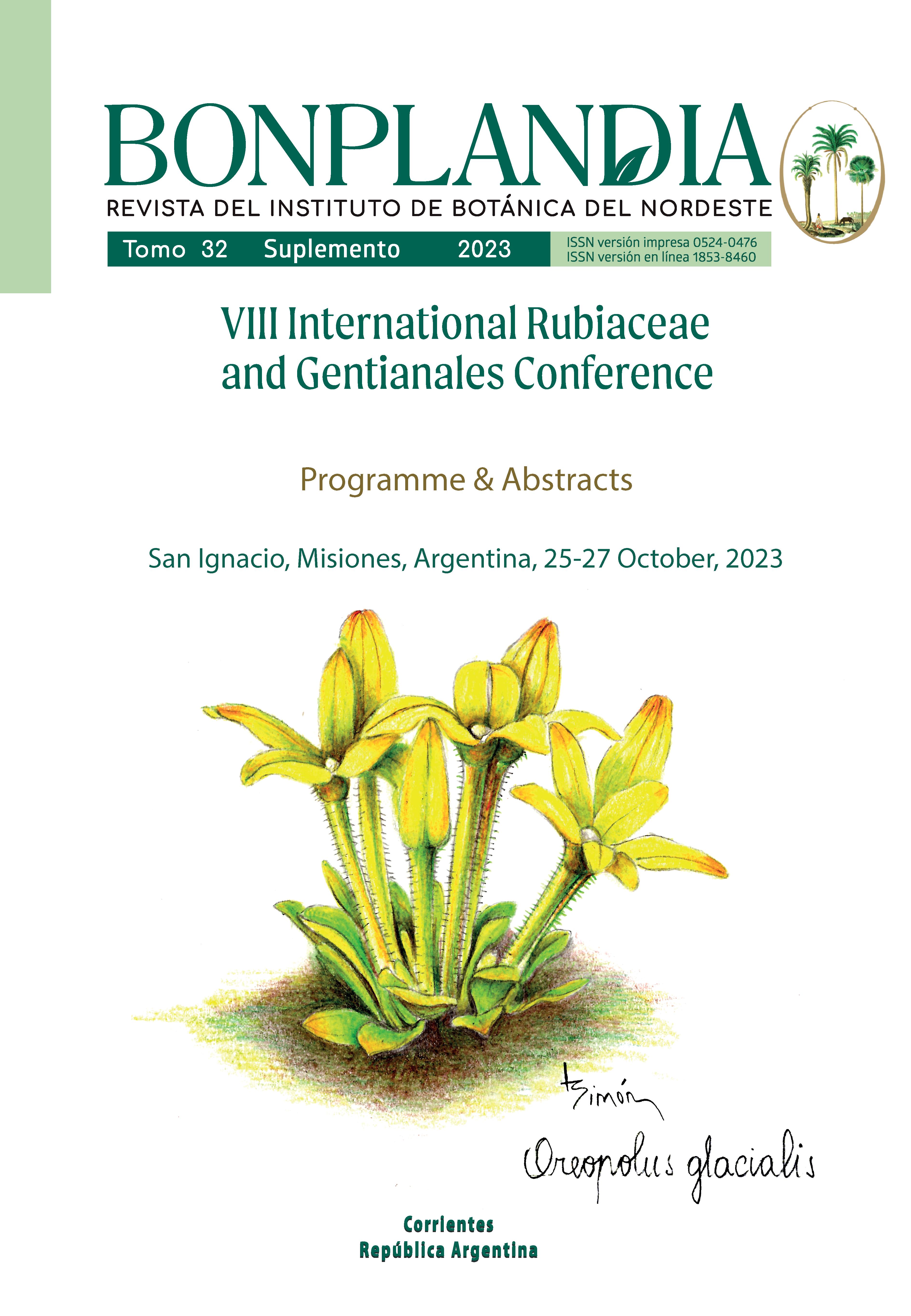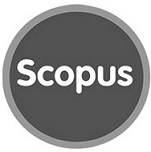Expanding the scope of leaf symbiosis: Caballeronia endophytes in Empogona and Tricalysia (Coffeeae, Rubiaceae)
Resumen
Leaf symbiosis is a remarkable phenomenon observed in Rubiaceae host plants, where they interact with bacterial endophytes residing within their leaves. Although approximately 650 species from 8 genera across 4 tribes exhibit this symbiosis, its fiill extent within Rubiaceae remains unknown. Our primary objective is to investígate the potential presence of leaf endophytes in the African plant genera Empogona and Tricalysia and, if confirmed, determine their identity. To accomplish this, we extracted total DNA from the leaves of four Coffeeae tribe species {Empogona congesta, Tricalysia hensii, T. lasiodelphys, and T. semidecidua) and sequenced it. Subsequently, we filtered out bacterial reads. Through phylogenetic analysis o f the endophytes, we were able to ascertain their identity and establish their relationship with known symbiotic organisms. Notably, all four species harboured non-nodulated leaf endophytes, specifically identified as Caballeronia. Although these endophytes are distinct from one another, they are related to other nodulated and non-nodulated endophytes. Interestingly, we did not observe any discemible phylogenetic or geographic pattems among the endophytes or their host plants. Our findings demónstrate the presence of Caballeronia endophytes in the leaves o f Empogona and Tricalysia, two genera previously not associated with leaf symbiosis. This interaction is likely to have a broader distribution, and further discoveries are inevitable in the future.
Descargas
Descargas
Publicado
Cómo citar
Número
Sección
Licencia
Derechos de autor 2023 Bonplandia

Esta obra está bajo una licencia internacional Creative Commons Atribución 4.0.
Declaration of Adhesion to Open Access
- All contents of Bonplandia journal are available online, open to all and for free, before they are printed.
Copyright Notice
- Bonplandia magazine allows authors to retain their copyright without restrictions.
- The journal is under a Creative Commons Attribution 4.0 International license.











.jpg)


